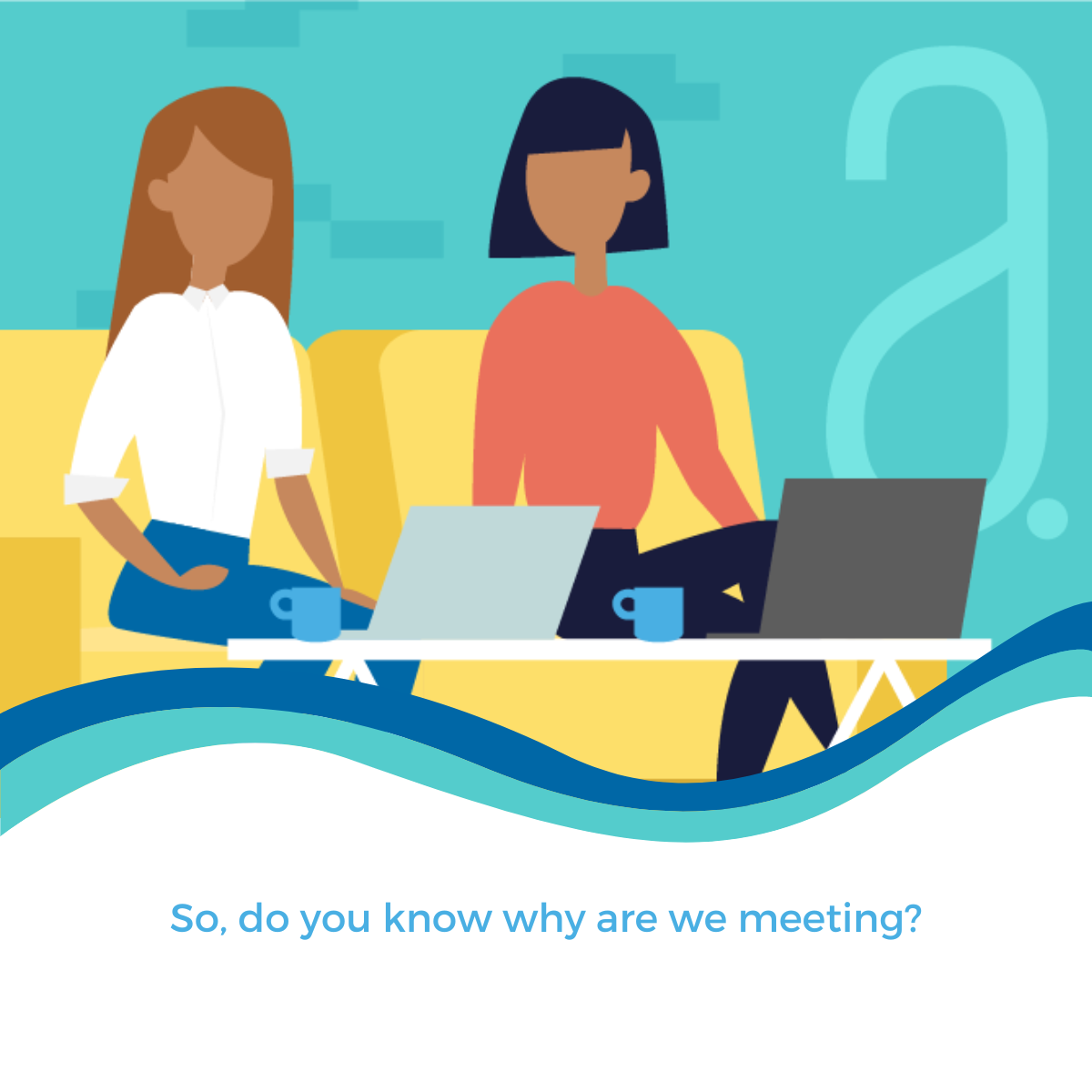Episode 6 : Interview Timing
At this stage of the game, you have set clear expectations for the role, you’ve written an amazing job description, prepared before and during the interview, and had your first interview with a candidate.
Now it’s decision time and time to choose whether that candidate is a good fit and ready to move to the next stage, or not.
It’s only natural that you may want input from other stakeholders to help you with the decision. You may feel a second or third interview and perspective is needed before you can make an offer.
If that is the case, then be mindful that your candidate may have other interviews scheduled elsewhere too. And if your decision-making process takes too long, you may risk losing your candidate to timing.
I am a fan of including key stakeholders in interviews. Remember that your candidate is also interviewing your company, so a couple of interviews with other stakeholders will give them additional insight into the culture, team environment, and product.
However, be mindful of the intention of multiple interviews, the impression it can leave, and the impact it may have.
Time is a valuable asset for everyone—including your candidate. The days when candidates had to jump through multiple hoops to show their interest in a job are over. Today, companies have to do the same.
So without clear and open communication, a lengthy interview cycle can imply that you are not serious about a hire, or are indecisive, or that you have doubts about their candidacy, and that their time is not valuable. This is not the way to build trust.
So please set expectations with the candidate upfront, or if working with a recruitment firm let them know what the interview process in your company is like, so they can inform their candidate ahead of time.
A simple statement can set the tone: “Our process includes X interviews with Y stakeholders. We value your time and promise an expeditious yet thorough process to give us both a strong sense of connection, understanding and requirements.
If multiple rounds of interviews are necessary, or assessments are required, please find out where the candidate is in their interviewing journey with other companies. Are they awaiting an offer, or have they just begun their job search?
Be ready to pivot and adjust your approach if you really like this candidate and they are your front-runner.
In our experience, we have had situations when a client was really excited about a candidate, but other stakeholders in the decision-making process were unable to conduct the follow-up interview for a couple of weeks due to vacations, tradeshows, and other deadlines….and during that time, the candidate accepted another offer.
Don’t lose your top candidate to TIMING. Create a process for fluidity. If needed, conduct multiple interviews on the same day or if multiple days are needed, then
make the interview a priority, and clear your and any other stakeholders’ calendars so everyone is committed to continuing the process smoothly without unnecessary delay.
If hiring is truly a priority….make it be one.
Let’s do a Pulse Check
Can you make interviewing a priority at your company?
How many rounds of interviewing do you need before a decision is made?
Who are all the stakeholders that need to be part of the decision-making?
Watch the previous episodes in this series:
Episode 1: Transforming Your Hiring Mindset
Episode 2: Writing Impactful Job Descriptions
Episode 3: Recruitment & Sourcing Strategy
Episode 4: The Candidate Experience
Episode 5: The Interview Mindset

 Those of you who have been fortunate to meet Margaret, know that she enters every room with the biggest smile, loudest hello, and is filled with joy and enthusiasm.
Those of you who have been fortunate to meet Margaret, know that she enters every room with the biggest smile, loudest hello, and is filled with joy and enthusiasm.
